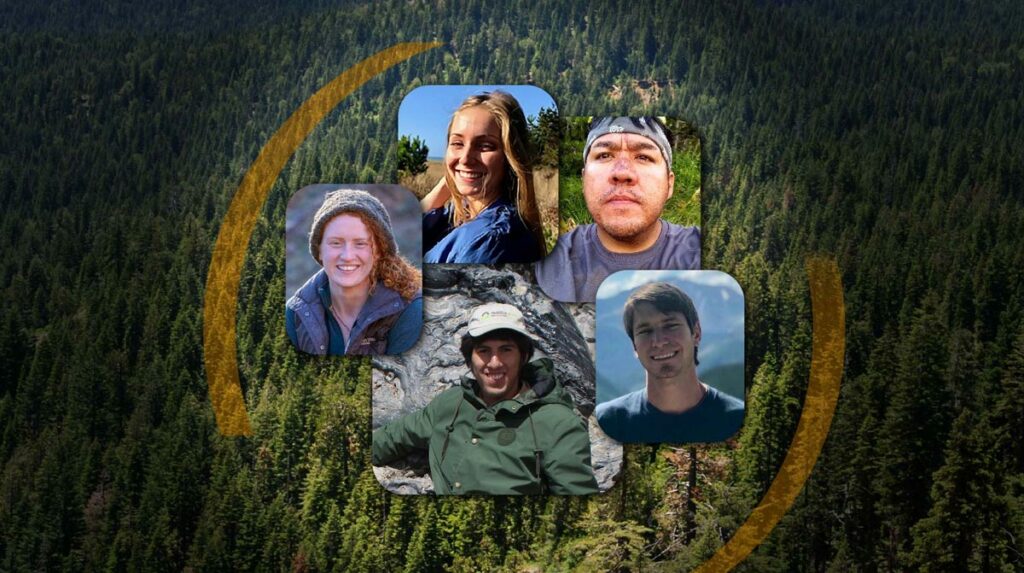
Since 2007, the Sierra Nevada Alliance (SNA) has provided interns to agencies and organizations through their Sierra Nevada AmeriCorps Partnership (SNAP) program. Two years ago, the SNC provided funding for SNA to build an additional program providing more professional fellowship opportunities. Now heading into its second year of operation, the Sierra Corps Forestry Fellowship Program has already proved invaluable in increasing the pace and scale of forest restoration in the Region.
Sierra Corps Forestry Fellowship Program: Increasing Workforce Capacity for Forest Health Restoration in the Sierra
By Nicole Lutkemiller, Sierra Nevada Alliance
One of the most prevalent challenges facing efforts to restore Sierra Nevada forests today is a shortage of experienced restoration professionals to plan and manage forest health projects. With this difficulty in mind, the Sierra Nevada Alliance recently initiated the Sierra Corps Forestry Fellowship Program with funding from the Sierra Nevada Conservancy through the Regional Forest and Fire Capacity Program and the Timber Regulation and Forest Restoration Fund.
Building organizational capacity and conservation professionals
The program places early career restoration professionals with regional organizations, seeking to fill capacity gaps and increase the pace and scale of forest restoration in the Sierra Nevada. Fellows are expected to bring their experience in forest restoration work to assist with restoration implementation, strategic assessment and monitoring, technical permitting and planning, GIS analyses, grant writing, community outreach, collaborative facilitation, or other relevant tasks. This program is modeled after the Alliance’s 14-year-old Sierra Nevada AmeriCorps Partnership Program.
In 2020, the SNA placed five fellows with host site partners throughout the region for a year of work in forest health, biomass utilization, and wildfire recovery efforts. In 2021 we placed an additional six fellows. Our host sites include:
- American Forests
- Calaveras Healthy Impact Products Solutions
- CSU Chico Ecological Reserves
- Eastern California Water Association
- Eldorado National Forest
- Feather River Resource Conservation District
- Plumas Corporation—Eastern Sierra Branch
- Yosemite/Sequoia Resource Conservation and Development Council
A productive first year
Significant accomplishments achieved by Sierra Corps fellows in 2020 include:
- 8,600 hours worked by fellows since January 2020
- 4500 acres of forest land monitored and restored
- 150 stakeholders engaged/reached
Helping to secure and manage millions of dollars of grant funding - Completion of an Environmental Impact Report (EIR) for a project utilizing the California Vegetation Treatment Proram (CalVTP) Programmatic EIR
- Development of the Eastern Sierra Wildfire Alliance website
- Three fellows contributed to Regional Forest and Fire Capacity Program assessments
- Two fellows secured permanent staff positions with host sites upon completing their fellowships
- Another fellow helped write the grant that funded his position for a second year in the Sierra Corps
- All of this was accomplished during the first year of the program and despite the unexpected challenges of the COVID-19 pandemic.
A promising future
We are excited for the future of Sierra Corps and would like to introduce you to our second cohort of Sierra Corps Forestry Fellows! These six amazing individuals will be working at Host Sites throughout the Sierra to plan and implement forest restoration and wildfire resilience projects. Contact Program Director, Nicole Lutkemuller, to learn more about the Sierra Corps Forestry Fellowship Program.
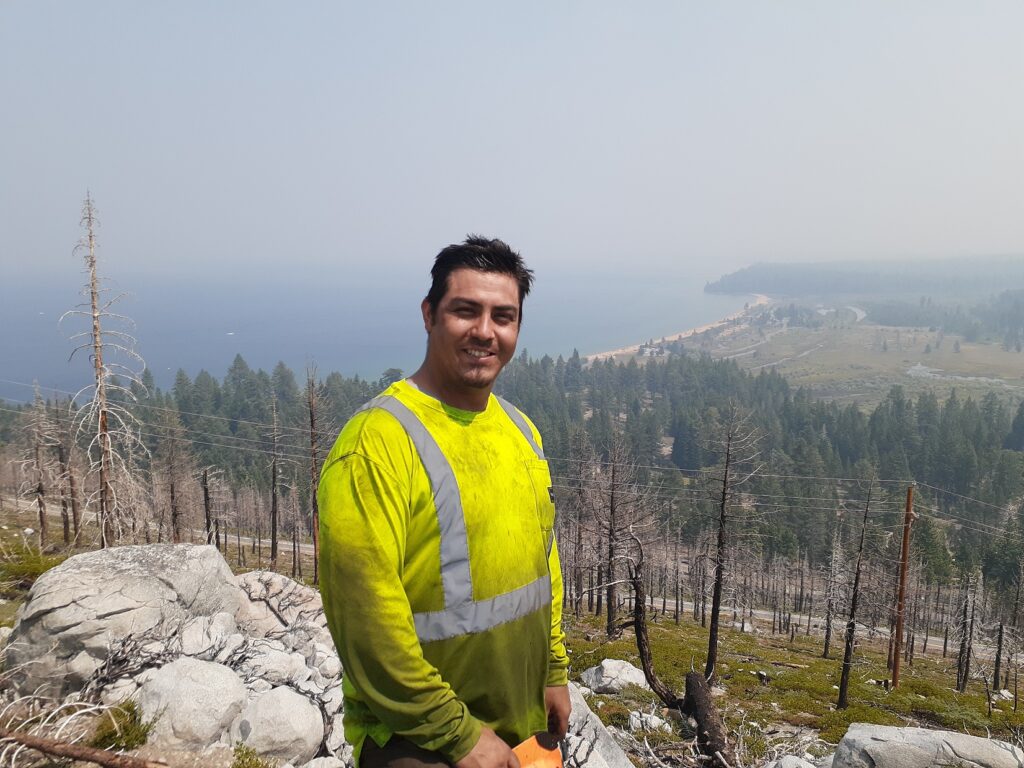
Craig Christensen
Craig Christensen is working as Field Operations Coordinator for Calaveras Healthy Impact Products Solutions, (CHIPS). Craig comes to the Sierra Corps Program after working as a Sawyer and Foreman for CHIPS on forest restoration crews and is a member of the Washoe Tribe of Nevada and California.
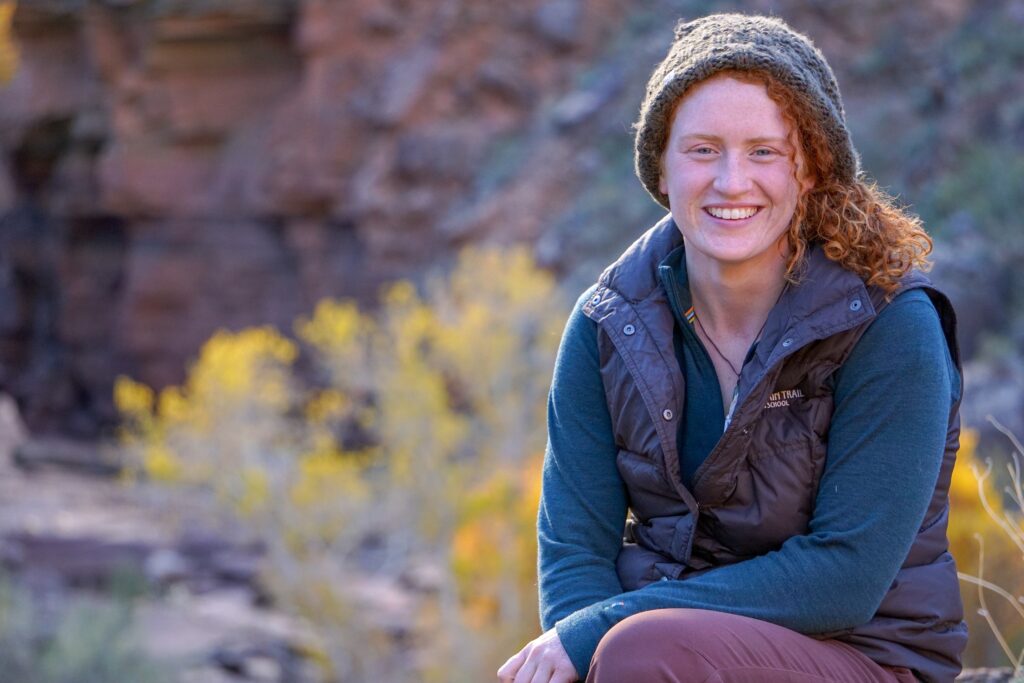
Katie Reidy
Katie Reidy is also continuing for a second year in the Sierra Corps Program with her Host Site, Feather Resource Conservation District, where she coordinates and implements forest restoration and community wildfire resilience projects for the greater Plumas County area. Katie completed a Cal-VTP EIR and TREX prescribed fire training during her first year in the program among many other accomplishments and we are excited to see her impact on Sierra forest restoration grow in the coming year.
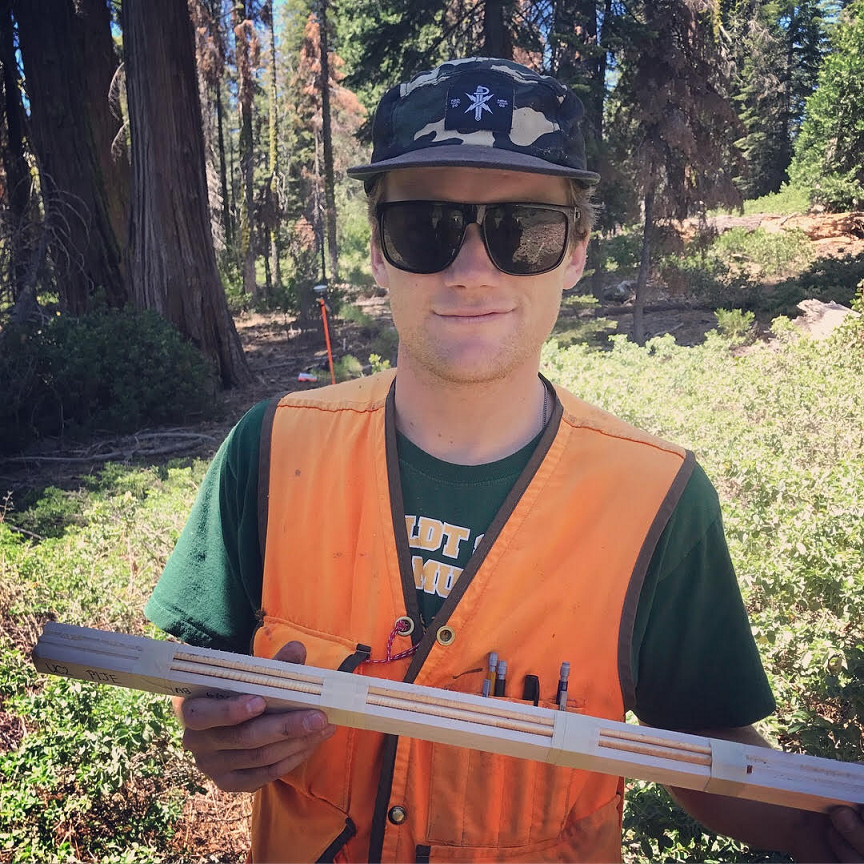
Chance Callahan
Chance Callahan is working as Program Coordinator for the Eastern California Water Association and American Forests focusing on coordinating Regional Forest and Fire Capacity Program development in the Eastern Sierra. Chance joins the program after completing his Masters in Forestry and working as a Forester for the Watershed Research and Training Center. He is excited to return to his hometown of Bishop and contribute to forest restoration planning in the Eastern Sierra.
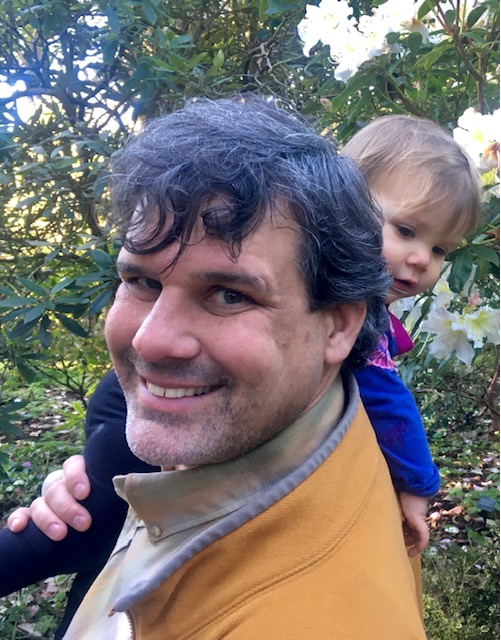
Brian Pope
Brian Pope is working as the Ecological Reserves—Project Lead with the CSU Chico Ecological Reserves system in Butte County. Brian will help facilitate forest restoration projects on-site and as an active partner with state and local organizations in the region, to complete meaningful forest restoration and wildfire resilience work. Brian comes into the program after having received his 10-year pin for his Federal Service in stewardship to Public Lands. He is excited to pivot his career into the forestry field.
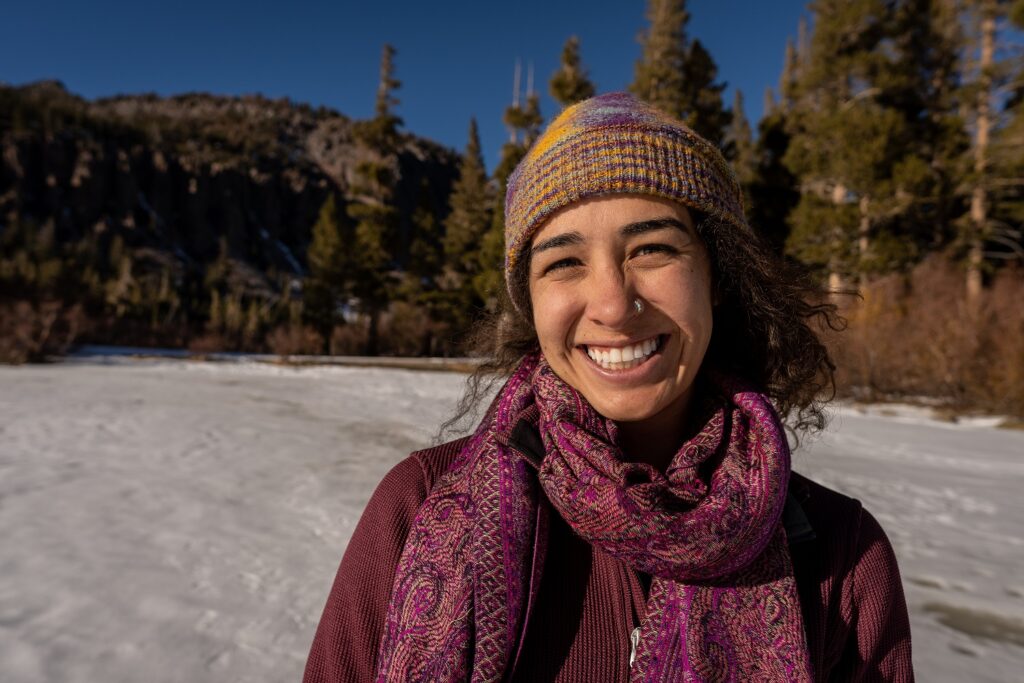
Kelsey Glastetter
Kelsey Glastetter is working as Project Coordinator for the Eastern Sierra Branch of Plumas Corporation, focusing on the Eastern Sierra Climate and Communities Resilience Project. Kelsey comes to the program with a background in forestry research, environmental education and outdoor adventure.
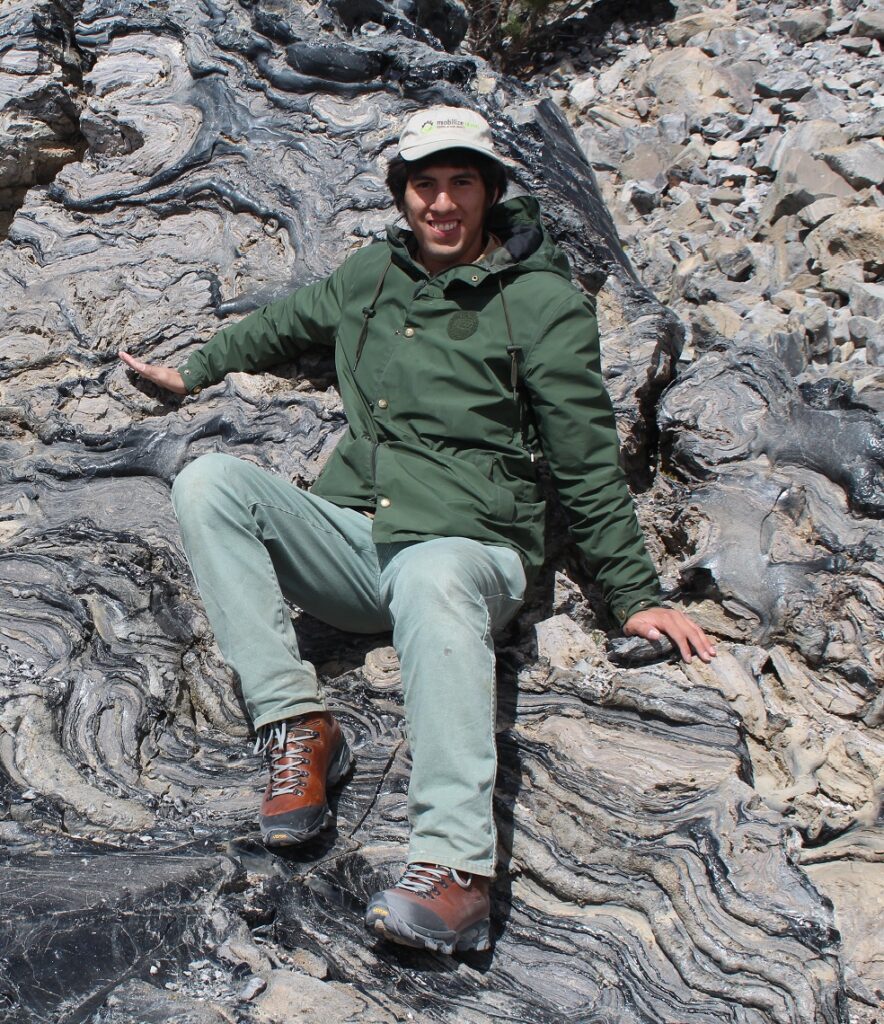
Luis Vidal
Luis Vidal is continuing for a second year in the Sierra Corps Program as the Forest Restoration Fellow with Eldorado National Forest and American Forests. Luis’s work for the past year has been focused on reforestation research, monitoring, and planting on the King Fire Burn Scar. We are excited to retain Luis for a second year where he can continue to build his impact on reforestation in the Sierra.
Background
Sierra Nevada Alliance is a Sierra Nevada Conservancy Regional Forest and Fire Capacity Program (RFFCP) grantee. Through the Sierra Nevada Watershed Improvement Program (WIP), SNC allocates RFFCP funding to organizations and agencies in the SNC Region, encouraging them to build new partnerships, test new strategies, and fill capacity gaps. Sharing these strategies will help all Regional stakeholders to be more effective in their forest restoration and fire resilience work.

